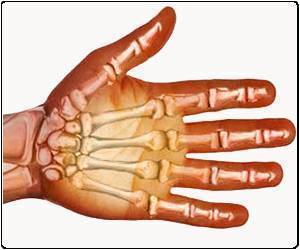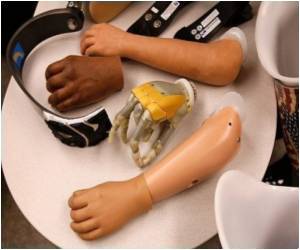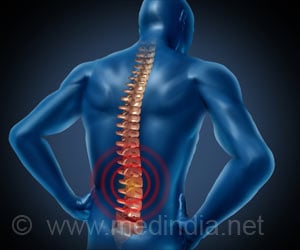DARPA has awarded prime contracts for Phase 1 of its Hand Proprioception and Touch Interfaces (HAPTIX) program.

As part of DARPA’s commitment to help restore full and natural functionality to wounded Service members and veterans, and in support of the White House brain initiative, HAPTIX seeks to create a prosthetic hand system that moves and provides sensation like a natural hand.
Sensory feedback, especially from the hand, is vitally important for many functions, and HAPTIX seeks to create a sensory experience so rich and vibrant that users would want to wear their prostheses full time. By restoring sensory functions, HAPTIX also aims to reduce or eliminate phantom limb pain, which affects about 80 percent of amputees.
“The ultimate goal for HAPTIX is to create a device that is safe, effective and reliable enough for use in everyday activities. DARPA is partnering with scientists at the Food and Drug Administration to help develop standards for verifying safety and quantifying benefits of this new class of advanced technologies. We hope to streamline the process of validating technologies that can help our military Service members and veterans who have been injured while serving our country,” said Doug Weber, DARPA program manager.
Source-Medindia








